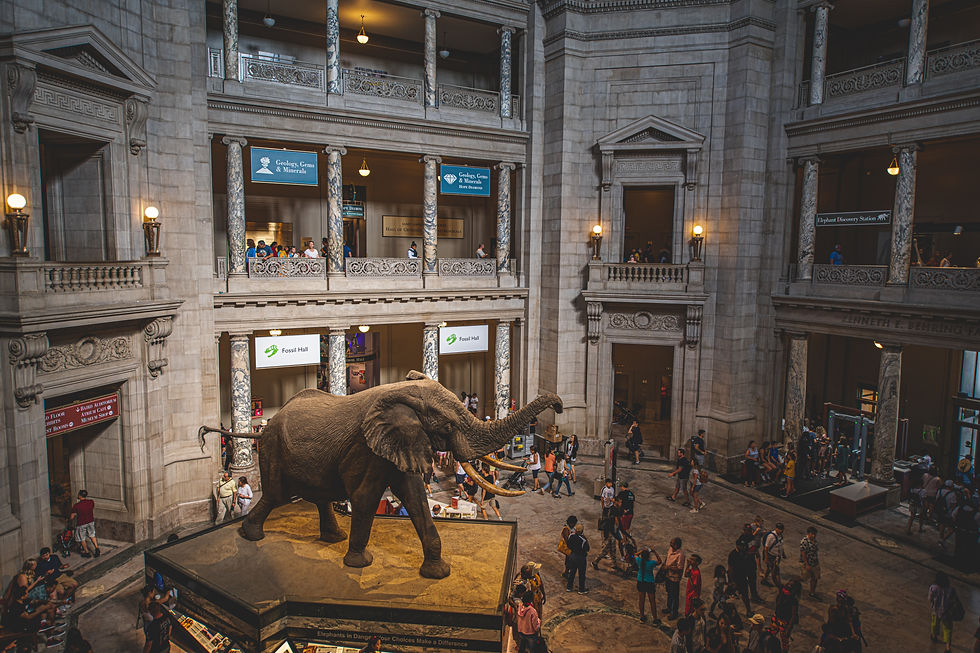The Canadian Museum of Nature
- mkwan043
- Nov 15, 2020
- 2 min read

I went to the Canadian Museum of Nature to explore what programs and exhibits were available to the public. Some exhibits included the dinosaur fossils, insects, butterflies, Canadian animals, birds, and a healthy planet. They offer 50-minute workshops for grades Kindergarten to grade 2 and grade 3-6 in French and English. All of their workshops are curriculum linked and hands-on. They offer programs in the gallery with experienced volunteers and in the classroom with educators. For Kindergarten to grade 2, workshops include Dino Challenge, Billy’s Natural Environment, Water in Our Lives, Gallery Discovery: Water, and Follow my Tracks. For grade 3-6, workshops include Investigating Plants, Mineral Discovery Lab, Arctic Habitats, Amazing Anatomy: Digestion, and Our Local Biodiversity. Once the workshop is complete, students are allowed to stay in the museum to explore on their own time.
These programs are linked to the Science and Technology strands such as Needs and Characteristics of Living Things, Air and Water in the Environment, Growth and Changes in Animals, Growth and Changes in Plants, Rocks and Minerals, Habitats and Communities, Human Organ Systems and Biodiversity.
The museum is exciting for students, most museums have hands-on, tactile sections for children to participate and learn. Everything is visual and most of the animals, mammals and insects, they would not see on an everyday basis, which makes it intriguing and fascinating. There are also blurbs about the habitat and animals so students can read or listen about it. The museum experience offers kinesthetic, visual, auditory and tactile experiences which suits all types of learning styles. The environment is an exciting place to explore as students can get bored in a classroom, especially if they are sitting at the desk or carpet all day.
The field trip would be exciting, as long as there are parent volunteers to help. I could facilitate a museum scavenger hunt for groups of students to find particular items which would spell a secret message. This would involve all learning styles and collaboration amongst the students while bringing a competitive aspect. Respectful rules/expectations would have to be set before students are running around the museum and touching prohibited items. After the museum, students can explore on their own and learn about one or two exhibits of their choice.
To consolidate their learning, they could take their experience from one exhibit to create a poster or video explaining what they learned, showcase interesting facts, and why it is important to the world. For example, students could write about the life cycle of a bird for grade 2, growth and changes in animals. This covers the overall expectation “Demonstrate an understanding that animals grow and change and have distinct characteristics”.



Comentários